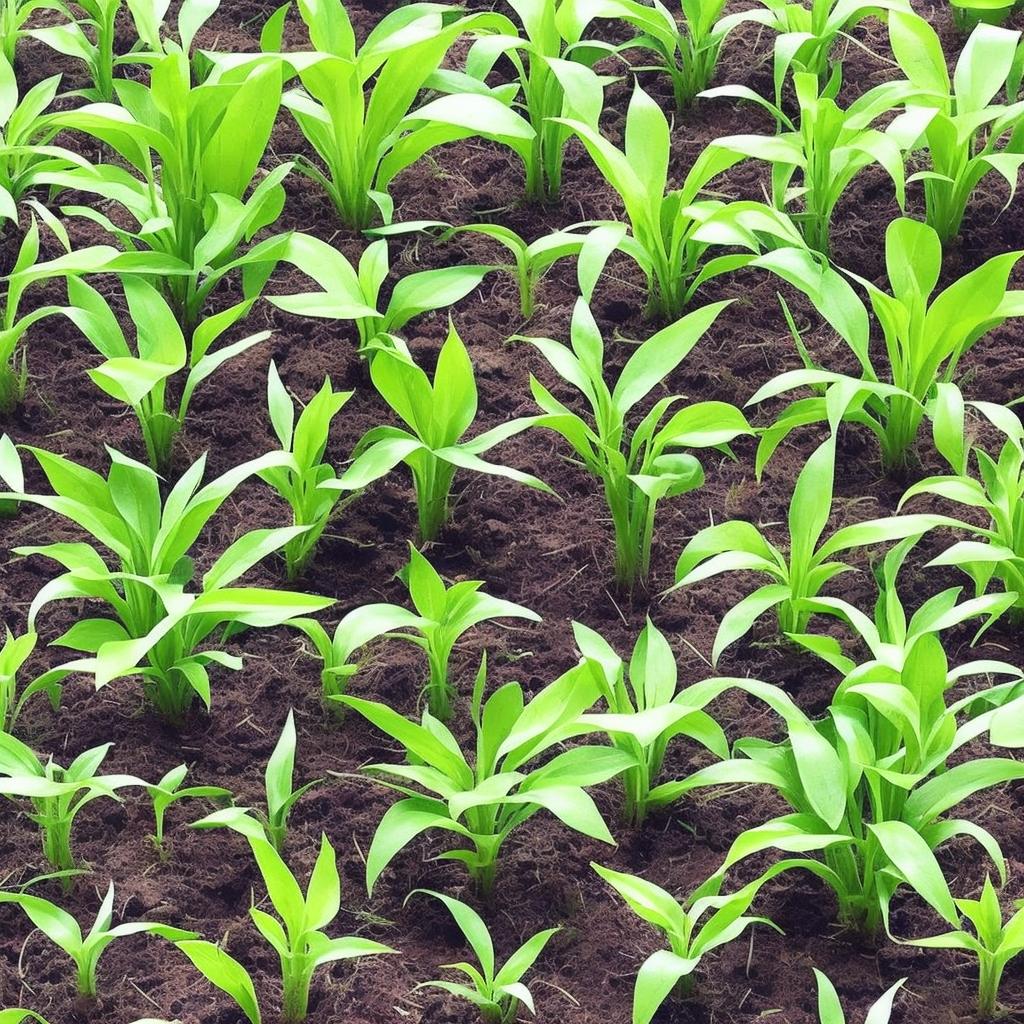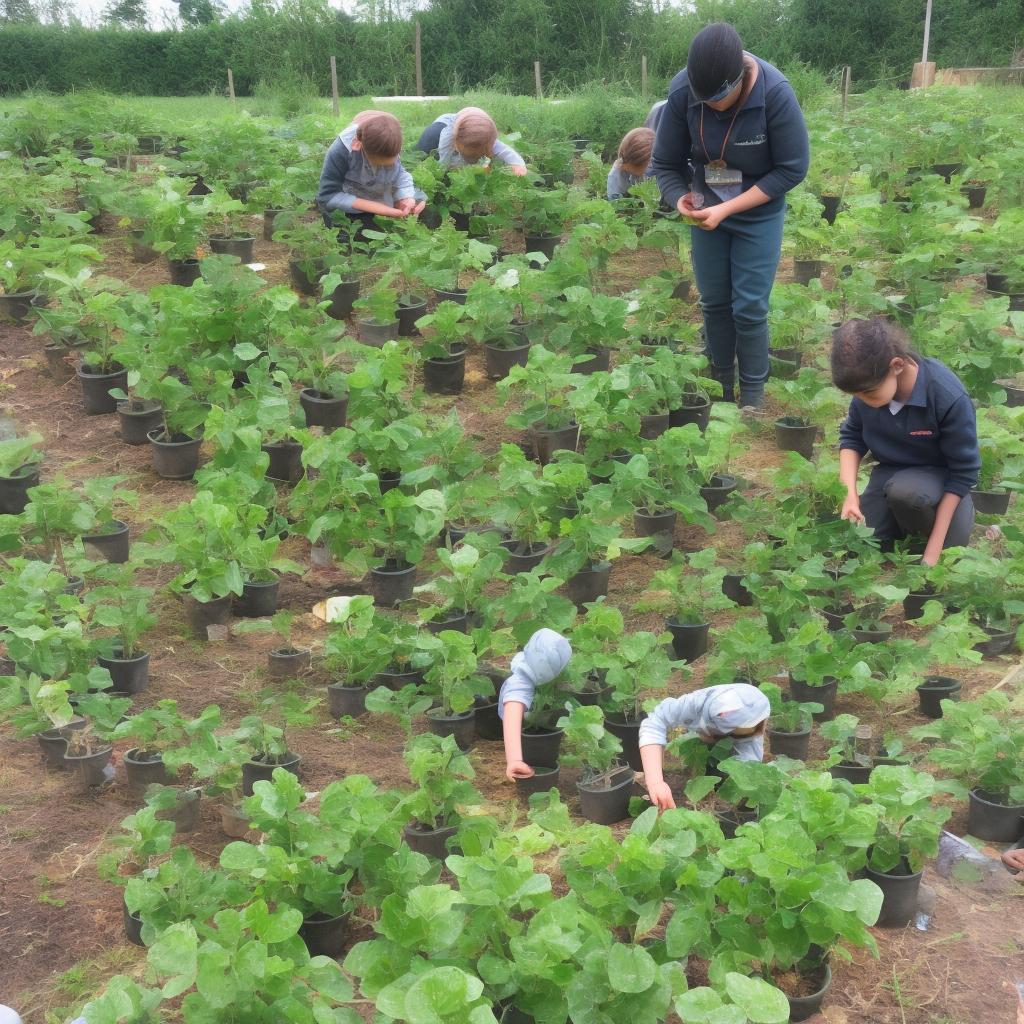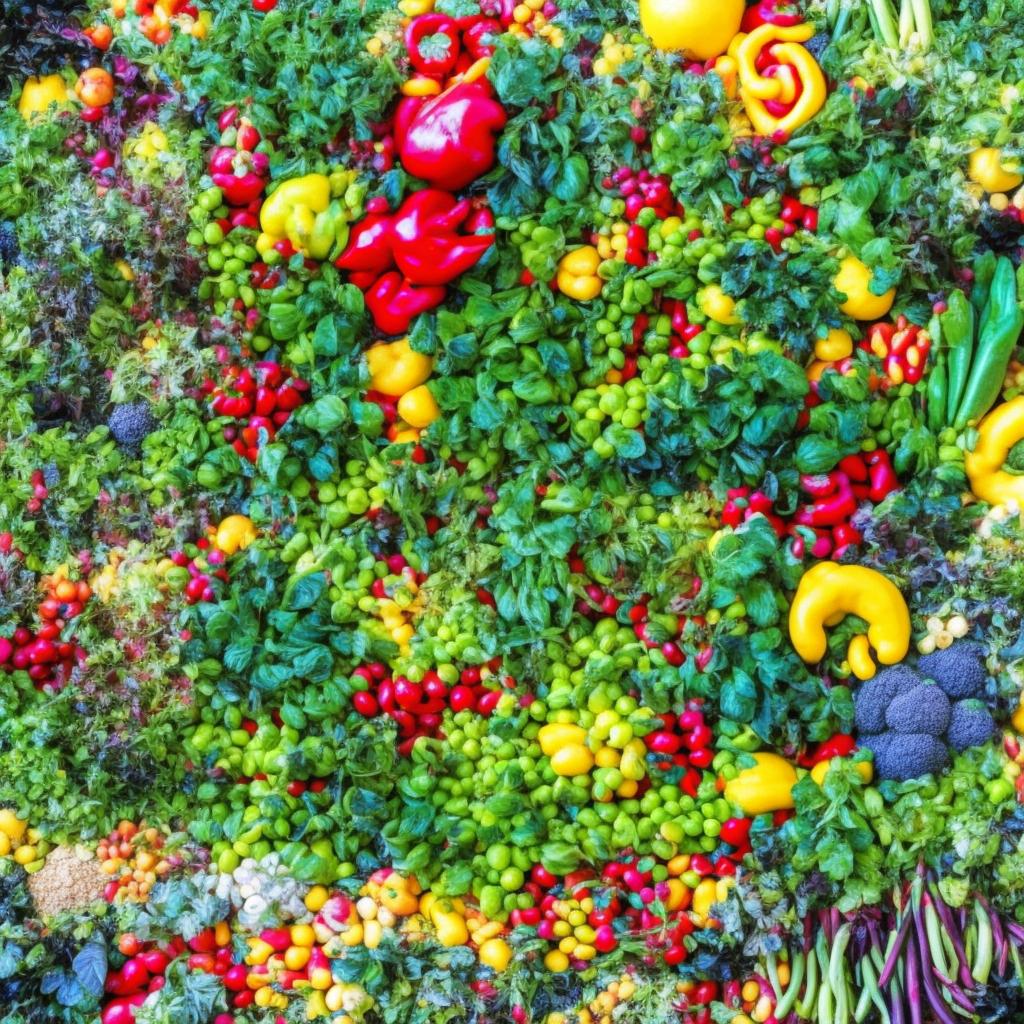The art of plant propagation is a magical endeavor, offering gardeners the power to create new life from a single seed or cutting. As we delve into the science behind this fascinating process, we uncover a world of methods and techniques that enable us to propagate our favorite plants with precision and skill. Join us on a journey through the intricate world of plant propagation, where we explore the secrets of germination, cloning, and grafting to unlock the mysteries of plant reproduction.
Understanding Plant Propagation Techniques
Plant propagation is a fascinating aspect of horticulture that involves reproducing plants through various techniques. One common method is seed propagation, where seeds are collected and sown to grow new plants. This method is ideal for creating genetic diversity and can be done indoors or outdoors depending on the plant species.
Another popular technique is cutting propagation, where a cutting from a healthy plant is taken and placed in soil to develop its own roots. This method is commonly used for propagating succulents and herbs. Other methods include grafting, layering, and division, each with its own unique process and benefits. Understanding these techniques is essential for any plant enthusiast looking to expand their garden or start their own nursery.

Exploring the Different Methods of Plant Propagation
Plant propagation is a fascinating aspect of botany that involves the reproduction of plants through various methods and techniques. There are several ways in which plants can be propagated, each with its own unique process and requirements.
Some common methods of plant propagation include:
- Seed propagation: Seeds are collected from mature plants and planted in suitable soil conditions to germinate and grow into new plants.
- Cutting propagation: Cuttings are taken from healthy plants and encouraged to grow roots, forming new plants that are genetically identical to the parent plant.
- Division propagation: Plants with multiple stems or bulbs can be divided into separate parts, each of which can grow into a new plant.
Tips and Tricks for Successful Plant Propagation
When it comes to successful plant propagation, there are a variety of methods and techniques that can be utilized. One popular method is stem cutting, where a portion of the stem is cut and placed in a growing medium to develop roots. Another effective technique is leaf cutting, where a healthy leaf is removed and planted in soil to produce a new plant.
<p>Using <strong>air layering</strong> is another great way to propagate plants, especially for woody species. By removing a ring of bark from a stem and covering it with soil, roots will form in the moist environment. Another technique is <strong>division</strong>, where a plant with multiple stems or offshoots is separated into smaller sections to create new plants. By following these methods and techniques, plant enthusiasts can enjoy the rewarding process of plant propagation.</p>
Advantages and Disadvantages of Various Propagation Techniques
When it comes to plant propagation, various techniques can be used to successfully reproduce plants. Each method has its own set of advantages and disadvantages, making it important for gardeners to understand the different approaches available.
Advantages
- Ease of propagation – Some methods, such as stem cutting and division, are relatively easy and straightforward.
- Genetic variation – Certain techniques, like seed propagation, allow for genetic diversity and the creation of unique plants.
- Cost-effective – Many propagation methods can be done using materials readily available in the garden, making it a budget-friendly option.
Disadvantages
- Time-consuming – Some methods, such as seed propagation, can take a longer time to see results compared to other techniques.
- Success rates – Not all plants will successfully propagate using every method, leading to potential failures.
- Expertise required - Certain techniques, like grafting, require specialized knowledge and skill to execute properly.
Wrapping Up
In conclusion, the art and science of plant propagation hold a world of possibilities for any budding botanist or gardening enthusiast. Whether you prefer the traditional methods of seeds and cuttings or the more advanced techniques of tissue culture and grafting, there is a propagation method to suit every plant and every skill level. By mastering the various techniques and understanding the intricacies of plant growth and development, we can unlock the secrets of nature and create a thriving, diverse ecosystem in our own homes and gardens. So roll up your sleeves, get your hands dirty, and let the magic of plant propagation inspire you to cultivate your very own botanical paradise. Remember, the world is your garden – let your green thumb flourish!




